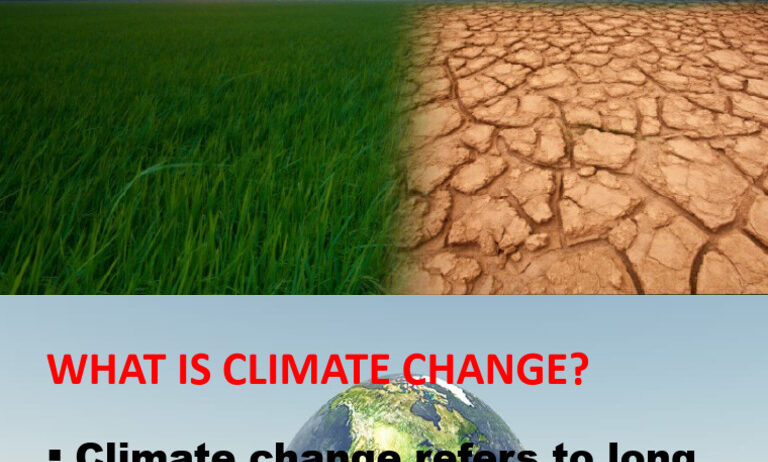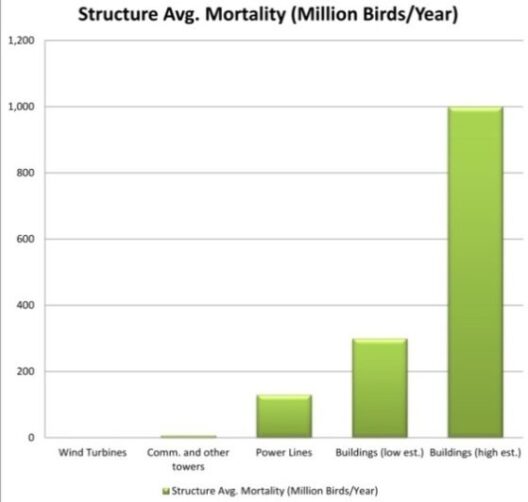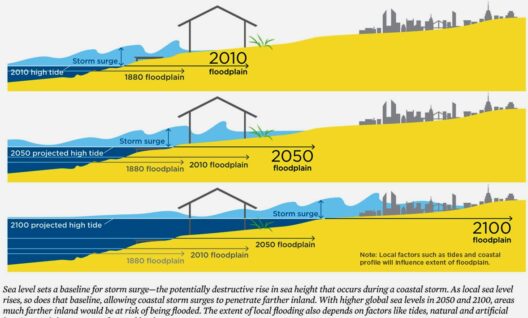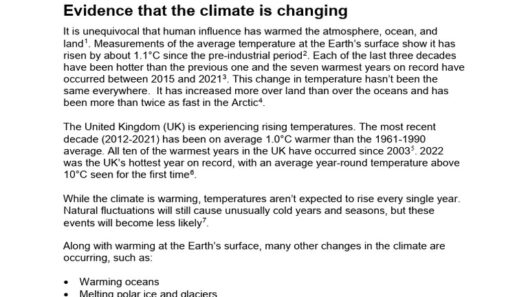Climate change, an intricate tapestry woven from anthropogenic activities and natural processes, stands poised to fundamentally alter the agricultural landscape across the globe. The intertwining of rising temperatures, erratic precipitation patterns, and extreme weather events forms a compelling case for urgent examination. How exactly does climate change exert its influence on agriculture? This exposition culls distinct aspects of this pressing issue, elucidating the various ramifications and adaptive strategies that farmers must consider.
Transformations in Temperature and Their Implications
As temperatures gradually ascend, each increment can impart a significant influence on crop productivity. Heat stress is increasingly manifesting as crops become acclimated to optimum growing temperatures. Many staple crops, such as wheat, maize, and rice, display diminishing yields when subjected to prolonged periods of excessive heat. This predicament is particularly alarming in regions already characterized by elevated temperatures, as these areas may find their agricultural viability further compromised.
Furthermore, warmer climates facilitate the proliferation of pests and diseases that prey on crops. Insect life cycles accelerate with temperature increases, allowing for more generations within a growing season. Consequently, crops face heightened risks of infestation, necessitating enhanced pest management strategies—often involving chemical interventions that could in turn evoke environmental and health dilemmas.
A related concern is the impact on pollinators, essential allies in agricultural production. Changes in climatic conditions can disrupt the synchrony between flowering plants and their pollinators, diminishing fruit and seed set. For crops that rely heavily on insect pollination, such as fruits and vegetables, this misalignment can lead to substantial yield losses.
Shifting Precipitation Patterns: A Double-Edged Sword
The variability of precipitation emerges as another formidable challenge posed by climate change. Some regions experience intensification of rainfall, leading to flooding and soil erosion. Conversely, others may encounter extended drought periods, wreaking havoc on crop viability. The inconsistent distribution of rainfall necessitates the reconsideration of irrigation practices, with a focus on conservation and efficiency.
Excessive moisture can saturate soil, rendering it inhospitable for critical root systems. This exacerbates the vulnerability of crops to root rot and other soil-borne diseases, manifesting a vicious cycle of diminished agricultural health. On the contrary, drought-stricken regions grapple with stress-induced crop failures, resulting in a dire need for resilient crop varieties that can withstand prolonged arid conditions.
There exists a delicate balance; certain crops may thrive under increased rainfall, particularly in regions where water scarcity previously limited growth. The establishment of rain-fed agriculture could become increasingly prevalent, necessitating the exploration of drought-resilient crops to counteract fluctuations in rainfall.
Soil Quality and Erosion: The Silent Catastrophe
Climate change does not solely impact the visible elements of agriculture; it also attacks the underpinnings of farming—the soil itself. Rising temperatures, along with moisture variations, can facilitate soil erosion, leading to the degradation of fertile topsoil that sustains plant life. Soil health is paramount; nutrient depletion not only endangers crop yields but also depletes essential microorganisms that contribute to nutrient cycling.
Increased rainfall events can amplify surface runoff, which erodes soil and transports nutrients away from fields. Hence, soil conservation techniques such as cover cropping, reduced tillage, and agroforestry systems can mitigate these effects. By enhancing soil structure and elevating organic matter content, these practices can sustainably bolster agricultural productivity in the face of climate change.
Adaptation and Resilience: The Path Forward
Despite the multifaceted adversities posed by climate change, the agricultural sector possesses a notable capacity for adaptation. Farmers are increasingly turning to technological innovations, such as precision agriculture. Utilizing data analytics and smart technologies, they can optimize resource usage and manage inputs more effectively.
Research institutions are ramping up efforts to develop crop varieties that exhibit resilience to climate-induced stresses. These bioengineered strains may be able to withstand higher temperatures or resist novel pests, thereby ensuring food security amid shifting climatic zones.
Engagement in agroecological practices represents yet another avenue of adaptation. These methods prioritize ecological balance and sustainability, enabling farmers to work in concert with nature rather than against it. Crop rotation, intercropping, and organic farming can enhance biodiversity and resilience, reducing dependence on chemical inputs while fostering healthy soils.
Facing the Future: Policy and Community Action
While individual farmer actions are pivotal, a broader, systemic response is imperative. Policymakers must implement supportive frameworks that facilitate the transition to sustainable practices. Investments in agricultural research, infrastructure development, and education around climate-resilient techniques can empower farmers to thrive in a changing environment.
Moreover, fostering collaborations within communities can lead to shared knowledge and resources, enhancing collective resilience against climate change impacts. Farmer-to-farmer exchanges, workshops, and community-supported agriculture initiatives can act as catalysts for innovation and solidarity.
Conclusion
The interplay between climate change and agriculture is complex and nuanced, enshrouded in a web of challenges and potential solutions. Understanding these dynamics equips stakeholders with the necessary insights to navigate the future of food production. By adopting adaptive strategies, investing in resilient practices, and fostering collaborative efforts, the agricultural sector can not only withstand the onslaught of climate change but also emerge as a beacon of innovation and sustainability in tumultuous times.








